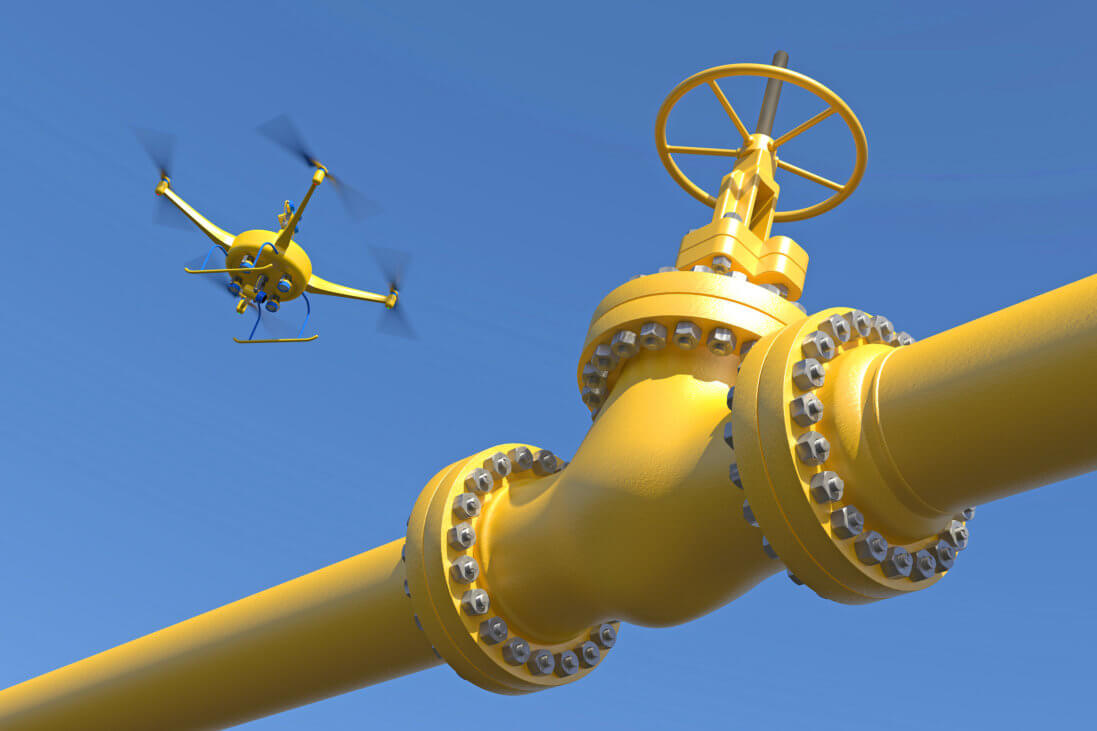
May 15, 2019
The recent FAA Aerospace Forecast Fiscal Years 2019-2039 predicts an increase of more than 25 percent growth in aircraft operations over the next 20 years, noting that continued efforts in airspace modernization and infrastructure improvements will be necessary steps to meet this growth.
Two sectors contributing to the FAA’s growth forecast are unmanned aircraft systems and commercial space transportation. The FAA predicts the number of remote pilots will increase threefold in the next four years – from 116,027 in 2018 to 349,358 in 2023. The agency identified challenges in the regulatory environment’s ability to evolve as one potential hurdle to growth in this segment of the industry.
The FAA also projects growth in commercial space operations, with launch and re-entry increasing from 35 in 2018 to an estimated 56 in 2021.
The agency called the long-term outlook for general aviation “stable to optimistic,” noting that growth among turbine aircraft is offsetting attrition among other fixed-wing types.
Quoting data from the General Aviation Manufacturers Association, the report indicates business jet deliveries were up 17.1 percent in 2018; turboprop deliveries were up by 8.6 percent and piston deliveries were up 5.5 percent. U.S. manufactured general aviation aircraft deliveries account for $11.6 billion in factory net billings.
The agency found general aviation activity increased by 3.3 percent from 2017 to 2018 with the active general aviation fleet remaining consistent at about 212,800 aircraft. General aviation hours flown are forecast to increase from 25.6 million in calendar year 2018 to 30.3 million in 2039, an average growth rate of .8 percent a year. Fixed-wing twin turbine aircraft hours led growth at a rate of 2.5 percent per year and jet aircraft are expected to increase flight hours at an average annual rate of 3.1 percent from 2017 to 2039.
“The forecast data in this report underscores the critical need for continued advancement of airspace modernization and infrastructure initiatives,” said Doug Carr, NBAA’s vice president of international and regulatory affairs. “Industry and FAA must work together to identify and mitigate inefficiencies in the system in a manner which also promotes safe operations for all users of the National Airspace System and other FAA resources.”


 International Business Aviation Council Ltd.
International Business Aviation Council Ltd.